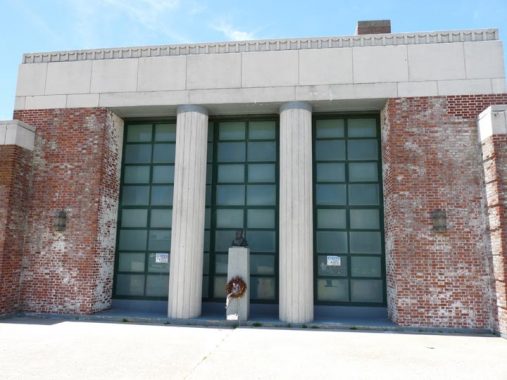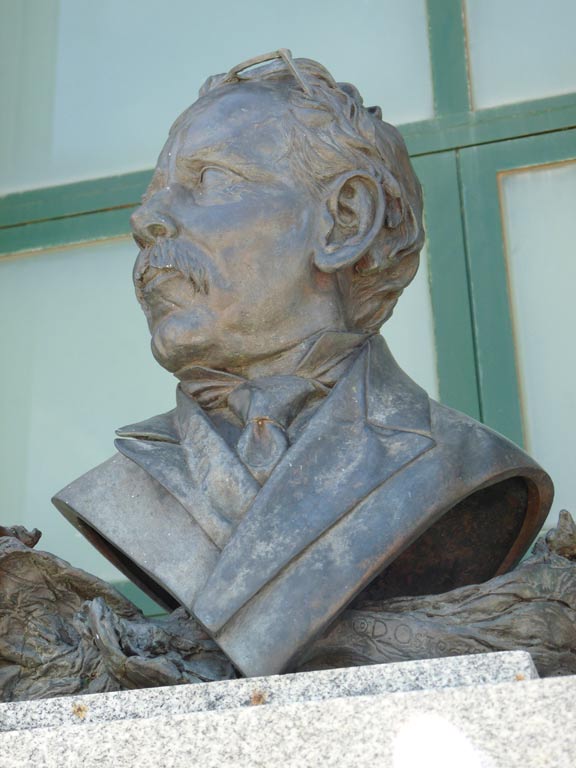
Danish-born crusading journalist and photographer Jacob Riis (1849-1914) made his home in Richmond Hill, Queens, beginning in 1886. In 1887, Riis photographed the squalid, inhumane conditions prevalent in New York City’s tenements, and his 1890 book “How The Other Half Lives” has become an influential text to the present day. His cause was taken up by Police Commissioner Theodore Roosevelt, who encouraged legislation that would help ease the burden of NYC’s poorest. Additionally, as one of the most famous proponents of the newly practicable casual photography, he is considered one of the fathers of photography due to his very early adoption of flash in photography.

In 1932, New York City Parks Commissioner Robert Moses deemed it proper to create a Jones Beach for the hoi polloi, a means for the masses to enjoy a suburban style beach without the screaming barkers and roaring roller coasters of Coney Island. He found such a space on the western end of the Rockaway peninsula, on the former locale of the Rockaway Naval Air Station. The park was named for Jacob Riis.
A bust of Riis was originally placed in a prominent position on the Riis Park boardwalk when the park originally opened. It was stolen in 1964 and never recovered. However, in 2011, students of the Aquinas Honor Society at Immaculate Conception School in Jamaica Estates raised $10,000 for a new bust by Brooklyn artist David Ostro. The bust miraculously survived Hurricane Sandy the next year.
Check out the ForgottenBook, take a look at the gift shop, and as always, “comment…as you see fit.”
2/15/21


3 comments
When I first started working in the city years ago a co-worker said something about Riis Park, and I thought in terms of peanut butter cups.
The beach at Riis Park was a favorite destination for our family on hot summer days in the 1950s. I can still smell the calamine lotion, which was all we had to relieve sunburn pain. I am paying the price now with several precancerous moles being removed monthly.
Riis Park became our go-to beach destination in the early 60’s, replacing Coney Island. It definitely was cleaner and less crowded.